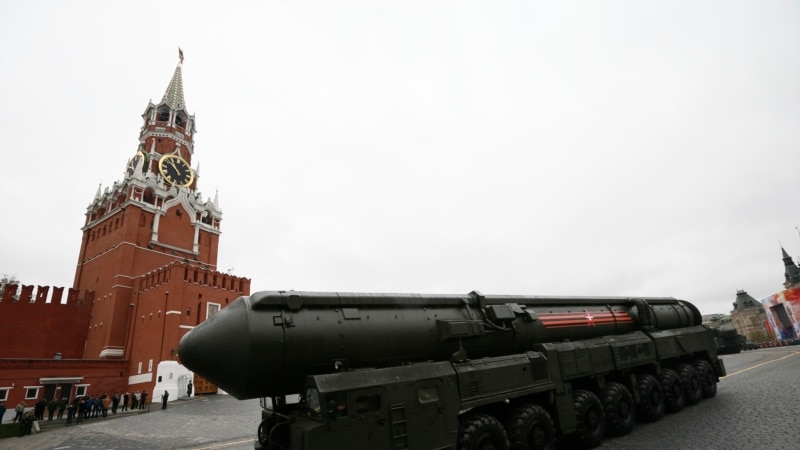“According to British intelligence, the combat load of the missile was recorded in the form of six groups of six warheads, a total of 36 submunitions”, — write: www.radiosvoboda.org
British intelligence says that “on November 21, Russia struck a Ukrainian factory in Dnipro, using for the first time an intermediate-range ballistic missile (IMB) codenamed Oreshnik.” The BRSD is classified as having a maximum range of 3,000 to 5,500 km. In this case, the missile flew only a little more than 800 km to its target.”
In February 2019, Russia announced its withdrawal from the Intermediate-Range Nuclear Forces Treaty, which banned the development and production of ICBMs. However, the development of Oreshnik almost certainly took place before that. It is likely that the system is a variant of the RS-26 “Rubezh” ballistic missile, which was first tested in 2011, the report says.
According to British intelligence, “the combat load of the missile was recorded in the form of six groups of six warheads, a total of 36 submunitions. These submunitions travel at hypersonic speeds (over Mach 5) before impact, which is typical of missiles of this class. All warheads of BRSD and intercontinental ballistic missiles will travel at hypersonic speed upon entering the atmosphere.”
“The use of this experimental system against Ukraine was almost certainly intended as a strategic message after Ukraine’s use of Western missiles against Russia. Russia most likely has only a few Oreshnik missiles that have not yet entered mass production. This missile, most likely, will be much more expensive than other missiles that Russia is currently using against Ukraine,” the British Ministry of Defense notes.
On November 21, Russia struck the Ukrainian city of Dnipro, President Vladimir Putin said, with a new missile called Oreshnik. Putin said the strike was in response to Kiev’s use of Western-supplied long-range missiles to attack targets deep in Russia after receiving long-awaited permission from the United States.
